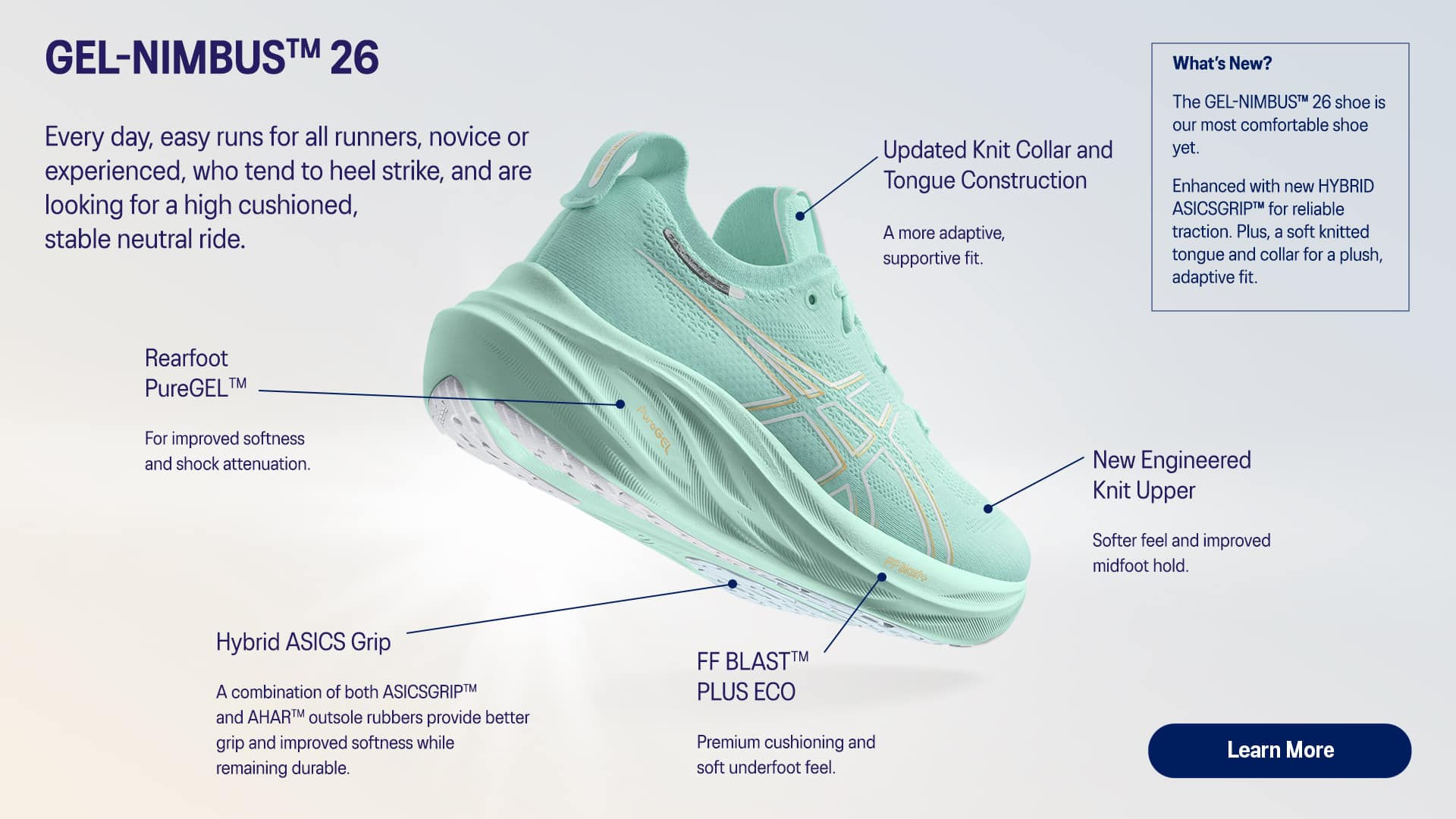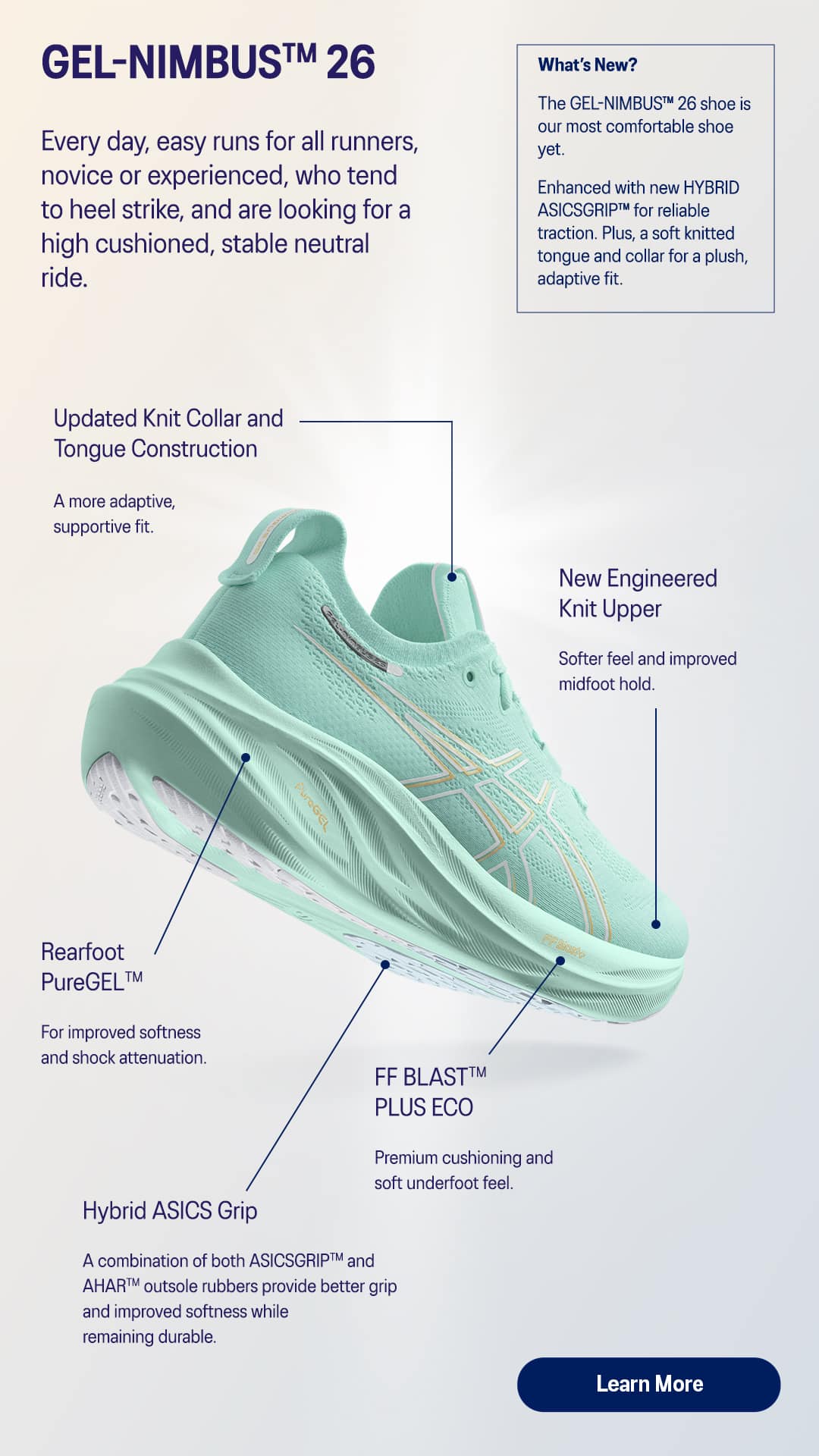
Commonwealth's review into scope of practice
The Department of Health and Aged Care has embarked on a sweeping scope of practice review across the primary healthcare sector, called Unleashing the Potential of our Health Workforce. This holds implications for podiatrists across Australia as it seeks to delineate the boundaries within which healthcare providers operate.
1. What is the review about?
The review looks at the available evidence around the ability of health professionals to deliver on their full scope of practice in primary care.
In the words of the official statement, the review is, “identifying opportunities to remove the barriers stopping health professionals working to their full scope of practice. It is also drawing on examples of multi-disciplinary teams where members are working to their full scope of practice to deliver best practice primary care.”
2. How is the podiatry profession affected?
With regards to podiatry, this includes nuanced considerations. Podiatry is uniquely positioned in the scope of practice review. It is one of the few allied health professions that has prescribing rights, minor surgical procedures and vascular assessment within the current scope. With much discussion around workforce retention, the ability to provide input into this highly relevant and important review is critical.
3. How can a podiatrist make scope of practice decisions right now?
While the Australian Podiatry Association (APodA) cannot define the scope of practice, given this is a regulatory issue above all else, it has developed a decision-making framework for its members.
This decision tree was designed in response to members asking questions around whether they are covered by insurance for particular interventions and what kinds of assessment, diagnostic and treatment modalities are within the scope of common practice. It self-guides podiatrists through relevant considerations, to make independent decisions with more clarity.
4. What led to the review?
The Strengthening Medicare Taskforce Report highlighted the need for more collaborative cross-government efforts. In particular, to address obstacles that prevent healthcare professionals from being able to deliver comprehensive services. In response to this, the National Cabinet endorsed the Taskforce’s recommendations and the Commonwealth Government funded the review.
According to the official government statement, “Unleashing the Potential of our Health Workforce is an independent review, led by Professor Mark Cormack. It is looking at the available evidence about health professionals’ ability to deliver on their full scope of practice in primary care.”
5. Where does APodA sit within this review?
The APodA has attended multiple Commonwealth briefing sessions online and in person, and is actively seeking input from the profession, as described further below (Question 8). A submission is underway to highlight podiatry’s unique offering within any primary health care team. This submission also addresses key barriers around direct referrals, which can stand in the way of optimal care. It also raises current limitations that relate to prescribing rights.
6. How important is this review?
Without this review, the patient journey may be impeded; given healthcare providers risk being unclear as to one another’s scope of practice, or sometimes in active disagreement. This can create inefficiencies for the patient, lead to potentially worse health outcomes, increase patient costs, increase systemic healthcare costs, and compromise the resources of an already finite and arguably diminishing health workforce.
The following example provides a little more context as to why a clear scope of practice is essential across all primary healthcare sectors.
A patient case study
A patient has Achilles tendonitis and a foot wound, which risks becoming infected. They can’t run which they normally enjoy doing. They go to their doctor who refers the patient to a physio. The physio assesses the wound and realises the biomechanics of the foot require podiatric intervention, so they suggest the patient sees a podiatrist.
By now, around three weeks have passed between booking the doctor’s appointment, booking the physio appointment, and the patient attending and paying for both appointments. Now the patient is required to book a podiatry appointment, and the patient’s foot is still in pain. Physical exercise has become unbearable, not only limiting the patient’s ability to move freely but also to attend work.
The patient sees a podiatrist who requires pathology tests and scans; some calcaneum has come off with this Achilles tendonitis and a CT or MRI is required. The podiatrist does a biomechanic assessment and sends the patient back to the GP for these pathology referrals. The GP then orders some blood tests in addition to writing out the pathology referrals. The patient waits for their blood tests and pathology appointments, and waits again for the results.
By this point, many weeks or even months have passed for the patient. By now, the patient has seen multiple primary healthcare providers at great personal expense in every sense. Let alone layering this picture with inconsistent digital health records, which further undermines the patient journey.
This patient outcome could be avoided through more clarity across the primary healthcare sector as to each provider’s scope of practice, as well as accompanying education for all involved.
7. Should I always work to the top of scope?
The review aims to reflect on the above types of patient challenges outlined in the case study. The goal being, to make this entire journey more person-centric and result in better patient outcomes, as well as being less costly and frustrating to the patient – and the system.
The review is not – nor should not – be about one healthcare provider having ‘more’ or ‘less’ than another healthcare provider.
With the above in mind, differing thoughts exist around whether it is more beneficial to work at the top of scope or simply within scope; with current policy levers and funding decisions arguably encouraging the latter. For a robust perspective on this issue, members should read the updated Workforce Report, available via the APodA website.
Then there is organisational distribution to consider alongside associated barriers to the scope of practice, which are all covered in this review’s latest issues paper.
Working to the top of scope and being able to create more efficiencies within the healthcare system arguably helps to retain more podiatrists, which theoretically supports the sustainability of a diminishing workforce. There is certainly a case for everyone to work to the top of their scope for the sake of the patient, the future of the podiatry workforce, and the resilience of the broader health system. However, the mainstay of any scope concurrently remains critical, given ‘everyday’ consultations can account for the majority of a patient’s healthcare needs and help to support preventative healthcare measures.
Ultimately such reflections risk being academic rather than practically-relevant, given global allied healthcare shortages create a pressing demand for healthcare services that far outweighs the supply of skilled healthcare professionals. This tension can erode the ability of an individual healthcare provider to have the ability to choose whether to work to the top of their scope or within its mainstay, or a combination of both.
Variables further abound, highlighting a need for this review to deliver a nuanced approach. One such example is regional, rural or remote podiatrists who are often required to be more of a ‘generalist’, which requires a uniquely skilled approach within itself. Likewise, many podiatrists work more often in aged care, paediatrics, sports, and so forth; with each area of special interest needing to be factored into this picture.
8. How can I get involved?
There are several ways to get involved in this review and some surrounding initiatives:
- Read the Strengthening Medicare Taskforce Report.
- Refer to the latest updates on the review.
- Refer to the next steps outlined on the website to take part in the conversation around this review.
- Keep an eye out for APodA’s updated Workforce Report for more background context around many of these issues (available to APodA members).

How to incentivise your employees
With workforce being such a critical topic these days, the Australian Podiatry Association’s HR Advisory Service has the latest tips to share with its members.
This article offers practical tips to assist you in incentivising your employees; a timely resource given that a significant number of hires typically take place in the early months of the year.
Member-only full article access available at APodA’s Human Resources Portal.

Back to School: campaign wrap-up
The Australian Podiatry Association’s annual Back to School campaign has officially wrapped up for 2024. Here’s how it went.
Thank you to members and partners of the Australian Podiatry Association (APodA) who promoted the important role of podiatrists when looking for the perfect school shoes. The focus for this year’s campaign, Fit Feet = Fit Kids, aimed to ensure children and young adults could leap confidently and comfortably into the new school year with the perfect school shoes.
The APodA emphasised that since children and young adults spend so much time in their school shoes, it is vital their feet are properly supported throughout their days. The message was clear: finding the right shoes to match a student’s activity level is essential. The damaging impact of ill-fitting shoes on a child’s feet, ankles, or knees was also emphasised.
Education was a key part of this year’s campaign, to equip parents and caregivers with knowledge and best practice tips for selecting the best shoe for their child. To support parents, the APodA created a range of resources including a video and fact sheet, which shared tips on hwo to find the right fit.
As part of the campaign, the APodA created marketing materials for its members to promote their services, and their role in supporting the development of kids and young people. It was great to see so many members tagging the APodA on social media. Materials were also created to advocate for the need to visit a podiatrist, more generally, which were made available for wider sharing.
During January 2024, APodA’s Facebook and Instagram accounts achieved a total daily reach of 35,000+ visitors, with over 1,900 interactions across Facebook, Instagram and LinkedIn.
Media pitches resulted in live on-air interviews with The House of Wellness Radio and ABC Radio Gold Coast. Articles were also published across The House of Wellness online, Daily Bulletin, as well as an advertorial piece with Mouths of Mums.
Looking ahead, this campaign’s success helps to raise awareness around the vital role podiatrists play in the healthy development of young people and it encourages people to use the Find a Podiatrist tool, where APodA’s members are listed.

The National Advocacy Advisory Committee is here!
The National Advocacy Advisory Committee has launched. It is set to create a sustainable voice for the podiatry profession and drive long-term advocacy efforts. This is about providing members of the Australian Podiatry Association with a more representative and equitable way to advocate for the profession; centred around a legacy-led framework.
Created by the Australian Podiatry Association (APodA), the National Advocacy Advisory Committee (NAAC) is a major step forward for the podiatry profession, with the profession driving this committee from within. Each podiatrist on NAAC has served on a range of APodA committees and councils, with a proven track record to listen to fellow podiatrists and carry the advocacy voice in response. This is about grassroots podiatrist-led advocacy, by podiatrists and for podiatrists.
The committee provides a clear pathway for any APodA member to have their advocacy thoughts, suggestions, and frustrations heard. It launched with its first face-to-face meeting in Adelaide on 1 March, 2024. Updates from this meeting, its attendees and future planning and activities will be forthcoming via APodA’s website, alongside ongoing NAAC updates.
Who is on NAAC
The committee aims to be representative of the many and varied areas of clinical practice and businesses practices within the profession. It is made up of a combination of chairs of the relevant special interest groups, the regional council, the research / academic community, and the APodA board.
This group of podiatrists have subject matter expertise in particular areas, whether it be business, paediatrics, gerontology, prescribing, rural and remote services or academia. The committee offers a way for the APodA to connect and engage with – and represent – the various elements of the profession more effectively.
Longer-term, NAAC provides a pipeline of future board members who have served on various committees and are well placed to segue into board roles, to shape the profession’s actions.
How to join
This movement rests on a united voice; led by individuals who have previously demonstrated the discipline to work constructively within the framework of clear governance.
To apply to join NAAC, you must first be a member of APodA and a special interest group member, then you can apply to join an APodA committee. From there, if you have chaired a committee, you are welcome to apply to become a member of NAAC. Any APodA member is invited to follow this pathway; it is deliberately inclusive, yet structured.
NAAC is all about ensuring that it is not just the loudest voices in the room who have their advocacy issues heard, but anyone with an advocacy-related idea or suggestion can come forward to the committee and know they will be heard through the appropriate channels.
How to get involved
If you are passionate about getting involved, consider joining a special interest group and follow this pathway towards NAAC, or contact your local NAAC member to discuss your advocacy ideas and concerns. Stay tuned for further updates via the APodA website.












